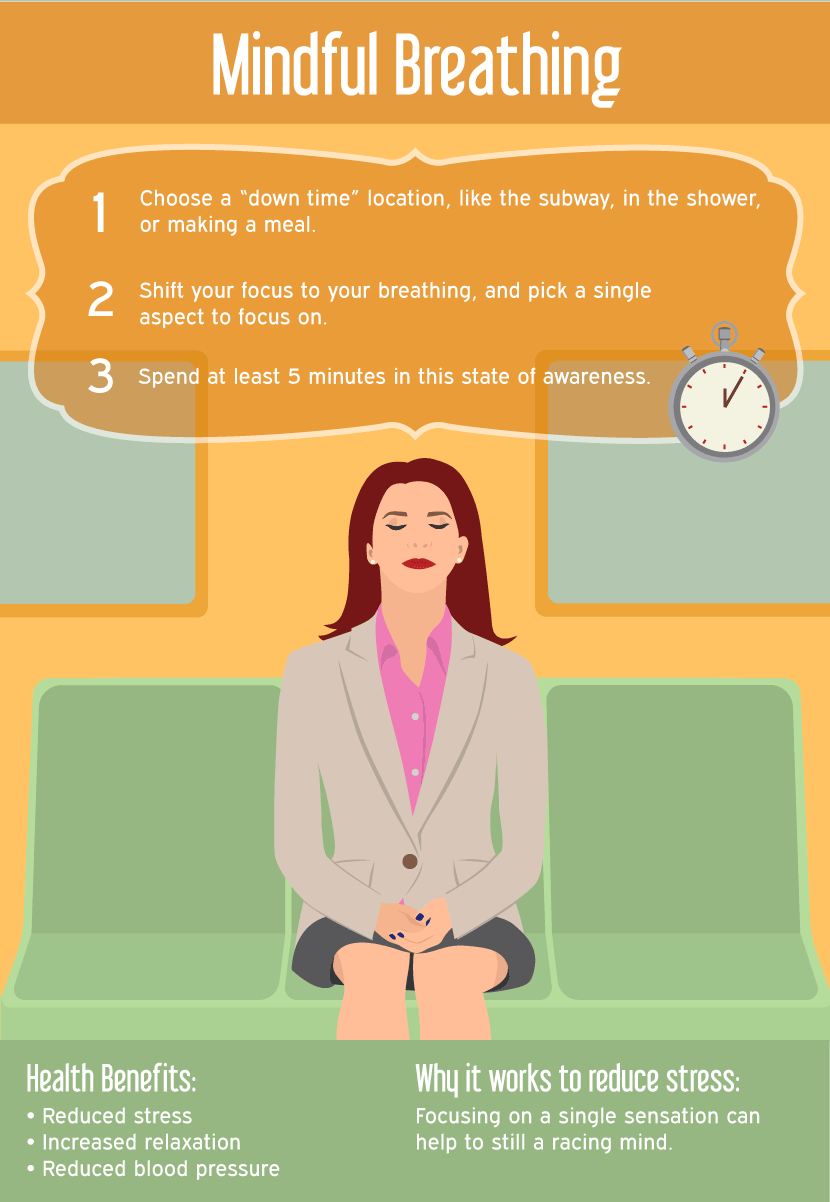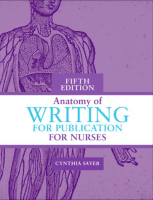Tip 1 of 6 Mindfulness Exercises You Can Try Today
This exercise can be done standing up or sitting down, and pretty much anywhere at any time. If you can sit down in the meditation (lotus) position, that’s great, if not, no worries.
Either way, all you have to do is be still and focus on your breath for just one minute.
Mindful Breathing
- Start by breathing in and out slowly.
- One breath cycle should last for approximately 6 seconds.
- Breathe in through your nose and out through your mouth, letting your breath flow effortlessly in and out of your body.
- Let go of your thoughts. Let go of things you have to do later today or pending projects that need your attention. Simply let thoughts rise and fall of their own accord and be at one with your breath.
- Purposefully watch your breath, focusing your sense of awareness on its pathway as it enters your body and fills you with life.
- Then watch with your awareness as it works work its way up and out of your mouth and its energy dissipates into the world.
If you are someone who thought they’d never be able to meditate, guess what? You are half way there already!
If you enjoyed one minute of this mind-calming exercise, why not try two or three?

- Mindful Breathing
- Mindful Observation
- Mindful Awareness
- Mindful Listening
- Mindful Immersion
- Mindful Appreciation
Why Mindfulness Exercises?
The cultivation of moment-by-moment awareness of our surrounding environment is a practice that helps us better cope with the difficult thoughts and feelings that cause us stress and anxiety in everyday life.
With regular practice of mindfulness exercises, rather than being led on auto-pilot by emotions influenced by negative past experiences and fears of future occurrences, we harness the ability to root the mind in the present moment and deal with life’s challenges in a clear-minded, calm, assertive way.
In turn, we develop a fully conscious mind-set that frees us from the imprisonment of unhelpful, self-limiting thought patterns, and enables us to be fully present to focus on positive emotions that increase compassion and understanding in ourselves and others.
source: pocketmindfullness.com


















1 Comment.
I think it is always useful to have tools to help us hit the reset button when work or personal life gets overwhelming